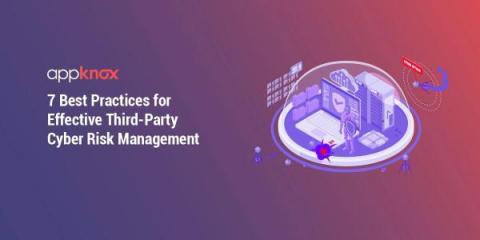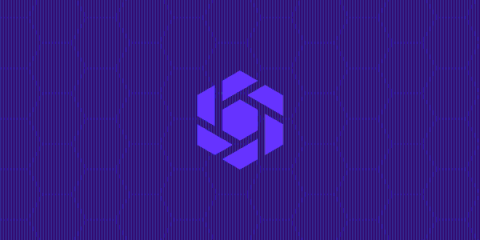SecurityScorecard Joins the IT-SCC
I am excited to share that SecurityScorecard is now formally a member of the Information Technology Sector Coordinating Council (IT-SCC). Established in 2006, the IT SCC is the principal entity for coordinating with the government on a wide range of critical infrastructure protection activities and cybersecurity issues.









